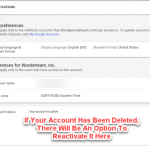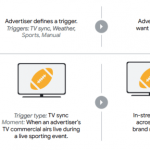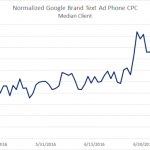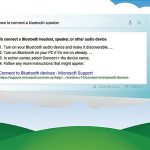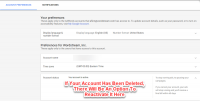Google Makes TV Ad Buys Smarter — Programmatically
Google Makes TV Ad Buys Smarter — Programmatically
by Laurie Sullivan @lauriesullivan, October 19, 2017
Google has developed technology that makes TV ad breaks even smarter. The TV Made Smarter platform — integrated into DoubleClick for Publishers — now powers dynamic ad insertions with help from programmatic and automation.
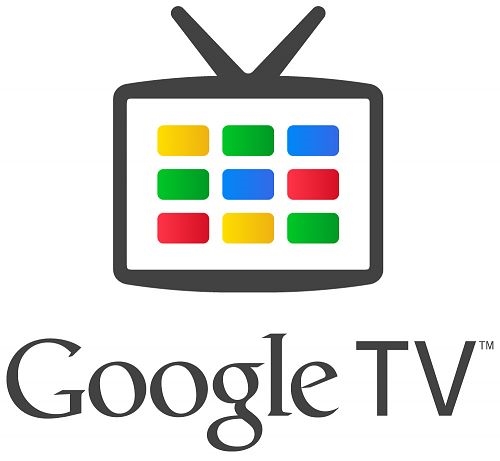
TV Made Smarter with DoubleClick is a suite of new products and updates aimed at helping publishers optimize their digital video audience, content and ads.
The update eliminates the need for ad slots to be sold as fixed lengths in the advertising break. The technology automatically optimizes the ad buy by determining the best combination of personalized and relevant ads for each viewer.
A 90-second ad break, for example, can now be filled by two 15-second and two 30-second ads or one 15-second, one 60-second and two 6-second bumper ads, depending on what will bring the brand the most revenue, writes Rany Ng, director of product management, in a post. It does this across programmatic and reservation ad buys, respecting business rules such as competitive exclusions and frequency capping.
The spots are sold as addressable or targeted. The company is also working on ways to adjust the format of the ads when viewed on a smartphone.
Google has been working to power dynamic ad insertion for years. Today it works with some of the largest news, sports events and episodic premieres. During the past two years, Google has seen an increase of 4 times in ad impressions delivered from its Dynamic Ad Insertion product by TV partners including CBSi, AMC, Bloomberg, and TF1.
In addition to making ad breaks more flexible, Google has also introduced TV Content Explorer in DoubleClick for Publishers, which will be available in beta by the end of 2017. It will analyze millions of signals from video content feeds, automatically applying classifiers and making recommendations for how to organize content across shows, genres, what’s trending, and dayparts.
Along with demographics and interest data from Google Search, updates for TV Content Explorer also include forecasting and pacing models to more accurately predict inventory volumes across devices such as smartphones that can serve TV content. The platform will consider 18 months of data, consider the organic growth over time, seasonality, and one-off anomaly corrections for unpredictable events like breaking news.
Ng explains that the technology will soon provide the ability to import offline traffic data and upload custom pacing curves to inform the algorithm for greater accuracy.
MediaPost.com: Search Marketing Daily
(19)

